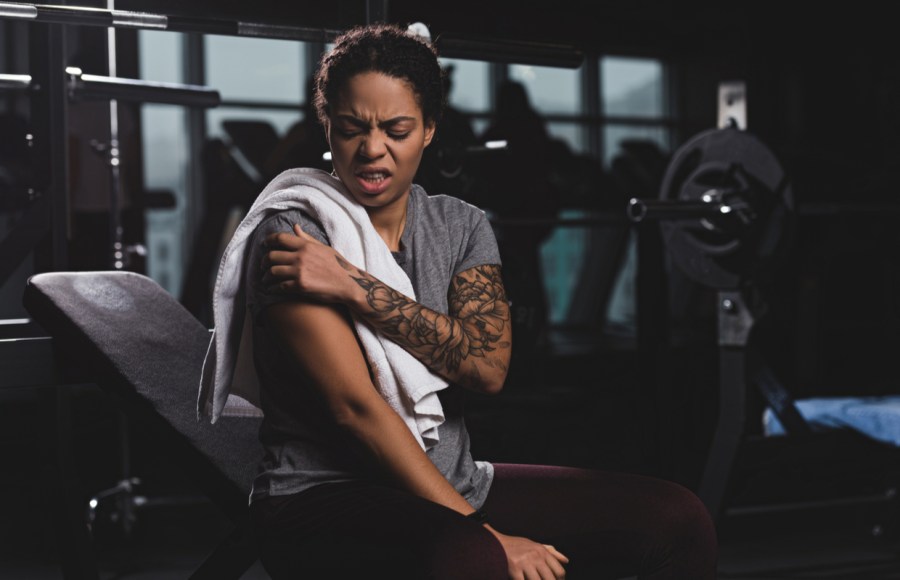If you’re a fitness fanatic, you’ll know that every workout, training session or run comes with its risks. With gyms now open to the public once more, there has been a significant increase in gym injuries. We hear from Bethany Elliott from Body Tonic Clinic, who shares the most common gym injuries, plus her top tips on how to avoid them…
What are the most common gym injuries – and why are they common?
Muscle strain
This type of injury occurs due to the muscle or tendon being overstretched, resulting in a pulling sensation or sharp twinge into the muscle. The most common place to experience a muscle strain is in the low back.
Movements that can cause this injury include lifting too heavy or improper lifting during a deadlift or squat type movement.
Tendonitis
This term refers to the irritation and inflammation of a tendon. In the gym a common area to experience tendonitis is in the elbow.
Lateral epicondylitis, more commonly known as tennis elbow, is a condition that can result from; using weights that are too heavy, performing repetitive movements or not using the correct technique whilst performing an exercise.
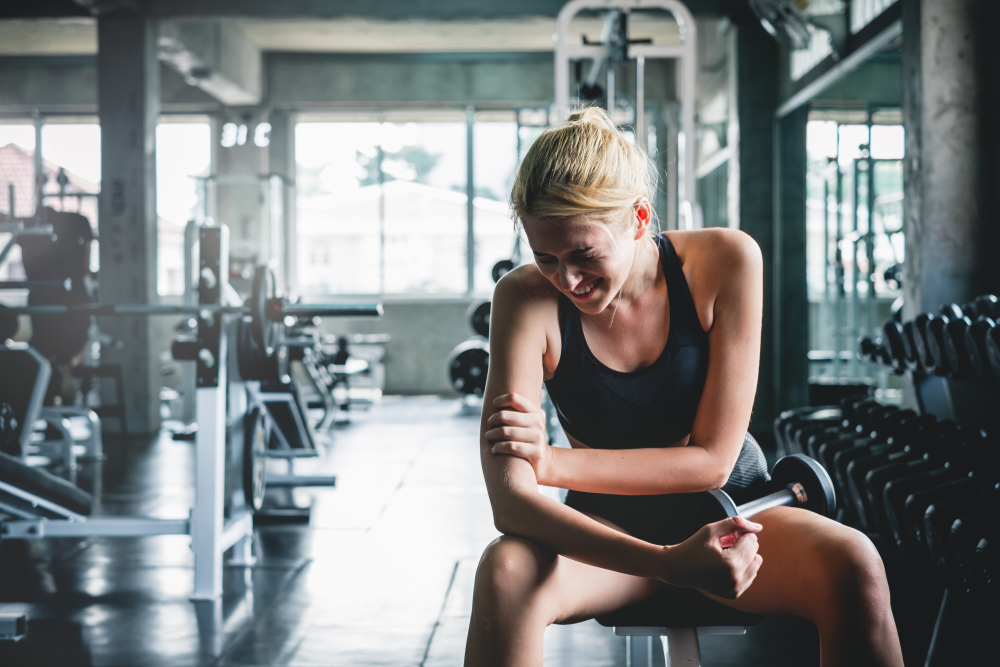
Muscle strains can occur when the muscle or tendon is overstretched.
Shoulder injuries
The shoulder is a complex joint composed of many muscles, ligaments and tendons that all work together to allow for mobility and stability of the shoulder.
The main muscle group surrounding the shoulder is known as the rotator cuff. This muscle group is composed of four main muscles that play a key role in supporting and stabilizing the shoulder.
Exercises that require increased shoulder mobility such as throwing and use repetitive overhead movements such as performing a shoulder press can increase the stress on the rotator cuff muscles.
If these exercises are not performed correctly then the risk of a rotator cuff muscle strain can increase.
Ankle injuries
These types of injuries do not only occur on the treadmill. It is common for an ankle injury to happen during single leg exercises or whilst performing strength exercises for the calf muscles.
The ankle is a very mobile joint, and the common type of injury occurs when the foot rolls inwards which in turn can sprain and sometimes tear the ligaments on the outside of the ankle.
How do I avoid gym injuries?

Make sure you properly warm up and cool down.
Warm up and cool down to avoid injuries
Include a dynamic warm up and cool down to each and every one of your workouts. A dynamic warm up helps to; increase blood flow around your body including your muscles, get your heart rate going and helps to loosen up your muscles and joints maximizing your mobility and flexibility. Make sure to warm up the area you are working on during that training session. 10 minutes on the static bike is not going to help when it is a chest day!
Including a cool down is also very important post-workout. as it allows you to slowly bring your heart rate down, along with your blood pressure and body temperature.
Take a rest
Include rest days into your workout programme. Allowing your body to rest is vital for your muscles recovery and repair.
Getting enough sleep and rest time in between sessions is key. Fuelling your body with the correct nutrients, including protein is important in muscle growth and repair.
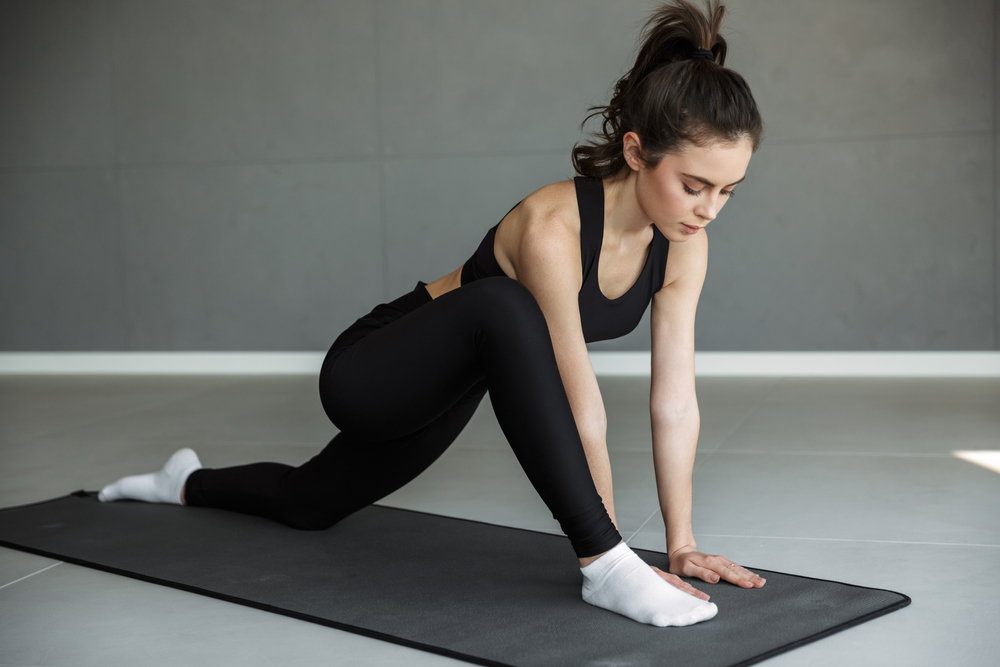
Stretching is important for reducing your risk of injury.
Stretch
Including mobility training in your programme is so important for overall joint and muscle health. Mobility training can have many positive effects including; reducing injury risk, reducing muscle tension and stiffness, increasing movement performance and efficiency, and improving posture.
Some people like to dedicate full training sessions to flexibility and mobility. Others include mobility training into their cool down session.
Core work
The term ‘core’ has become very fashionable of late and there’s a good reason for this. When we talk about the core muscles we don’t just mean the aesthetic six pack on the abdomen.
Your core muscles are composed of a group of deep muscles that surround the spine. They work together to help support and stabilize the spine. Working on your core muscles not only helps with improving your posture but it can also help with reducing your injury risk for low back pain, shoulder injuries and many more.
It can also improve your exercise performance. Pilates is a great form of exercise that puts huge emphasis on improving and strengthening your core.
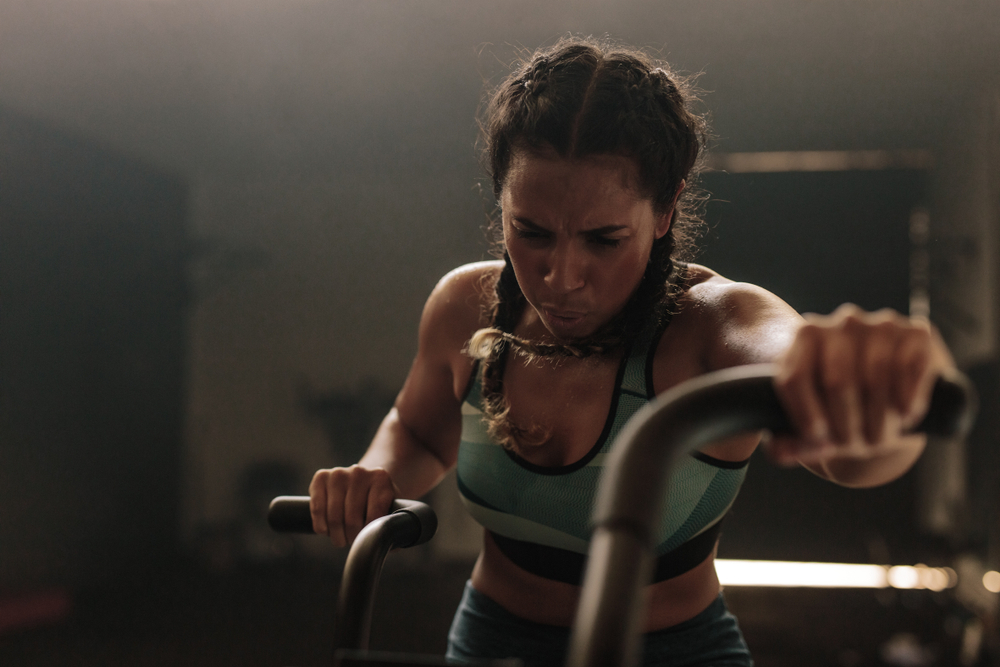
Know your limits and train sensibly to avoid injury.
Train sensibly to avoid gym injuries
Going in too hard too quickly can majorly increase your injury risk. Make sure to gradually and appropriately increase your weights. Start off by doing low weights, with high repetitions and good form. Know your limits.
How to treat gym injuries at home
There are many different treatment options when it comes to gym injuries. The type and length of treatment required depends on the injury that has occured.
The simplest and easiest at home management for any gym related soft tissue aches and pains is to follow the RICE protocol. RICE stands for; rest, ice, elevation and compression.
Try hot and cold compress therapy
This is a very simple at home treatment that can be used on any mild muscle or joint injury. This technique can be used to help improve blood flow and in turn help with the healing process.
Cold compress:
Applying a cold compress such as a bag of frozen peas over the injured area makes the blood vessels in that area constrict in a process known as vasoconstriction. This in turn reduces the blood flow to that area, which can help with reducing swelling. Always make sure to cover the cold compress with a towel to prevent any burns or irritations to the skin.
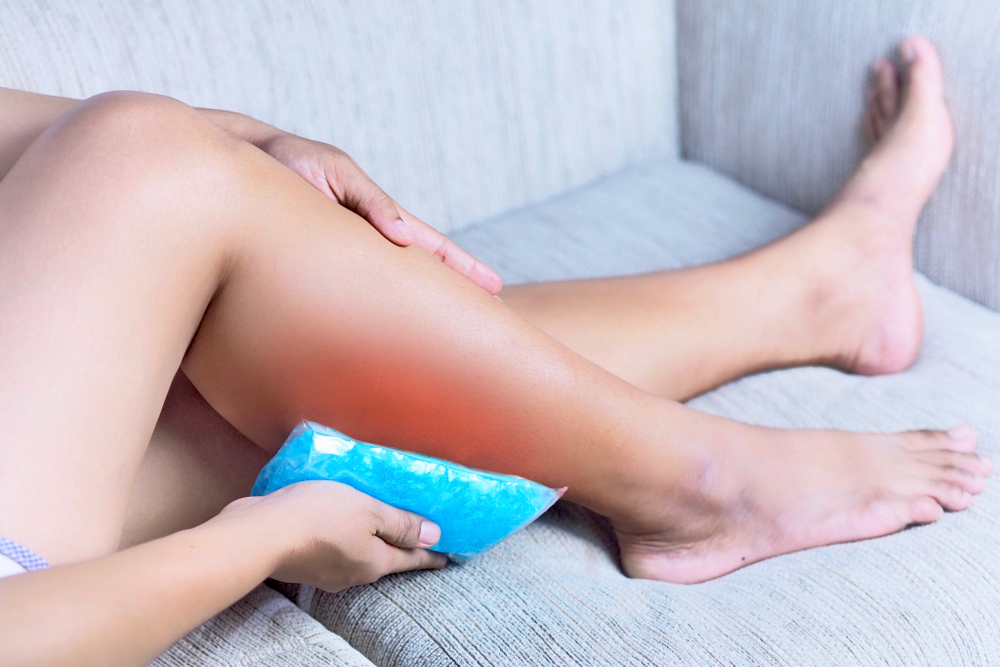
Alternate between hot and cold compresses to speed up recovery time.
Hot compress:
Applying a hot compress makes the blood vessels wider; this process is known as vasodilation and allows increased blood flow to the area. A combination of both hot and cold therapy causes the blood vessels to constrict and dilate, creating a pump-like action. This in turn helps to bring more blood to the injured area with increased nutrition and helps get rid of waste products such as inflammatory cells and carbon dioxide. Overall this can help improve the healing process.
Seek advice from a physical therapist
It is always beneficial to seek advice from a qualified physical therapist such as a physiotherapist, osteopath or chiropractor. That way your gym injuries can be fully assessed and the appropriate treatment, rehab or exercise programme can be designed for you so as to combat the injury and get you on your way to optimal health.
Should you continue training with injuries?
This is a difficult question to answer as it is always person and injury specific. In some cases, let’s say a low grade muscle strain or ligament sprain continuing to train on your injury would be fine as long as you adapted your training programme so that you were training through a pain free range or low level of discomfort. Making sure to reduce the activities that aggravated your pain.
In most cases it is advocated to keep moving and keep mobile rather than complete cessation of your sport or exercise of choice. However, listening to your body is of utmost importance and getting the correct medical help and expertise is vital to help stop further progression of your injury and understand the reasons and causations behind your injury.
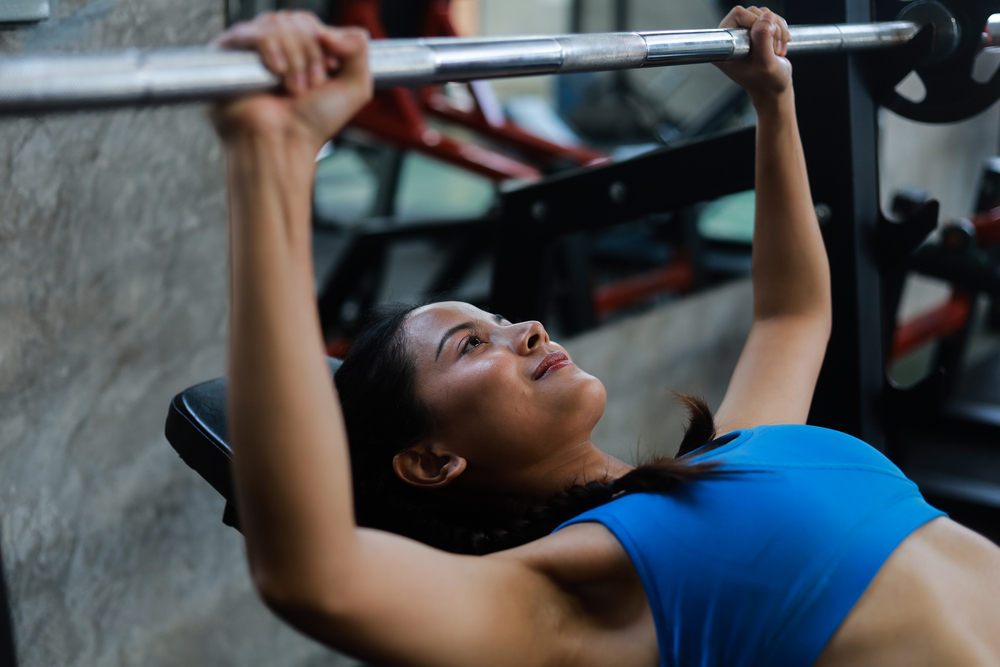
Listen to your body to avoid making your injury worse.
When you should take a break from training:
In cases where there has been a serious gym injury where the individual is in a lot of pain and not able to perform the exercises at an appropriate level. For example, a high grade ankle sprain or disc prolapse from deadlifting, then the cessation of training is paramount.
In these instances seeking the correct help from a trained physical therapist such as an osteopath or physiotherapist or from your local GP is vital. Consultation, physical assessments and orthopedic tests will be performed to gain the correct diagnosis. From this a personalised and specific treatment protocol will be designed to get you back in the gym and back to your optimal health as well as preventing any serious further injury or reinjury.

